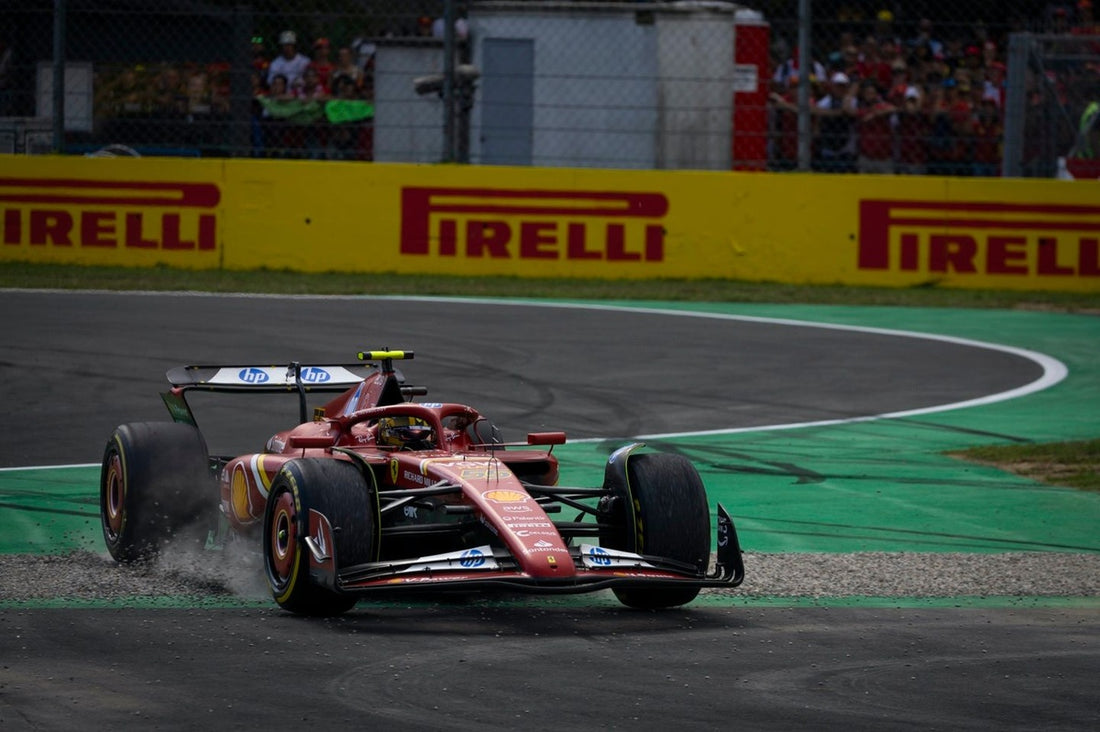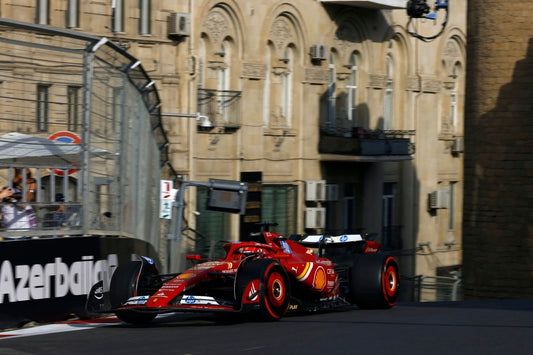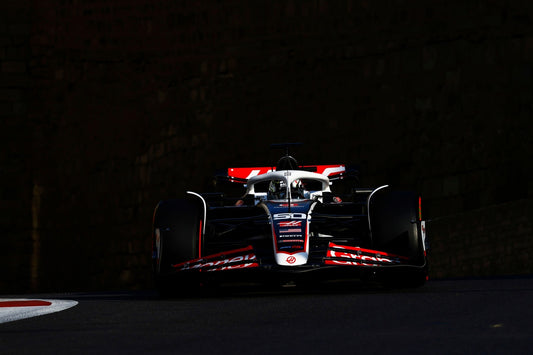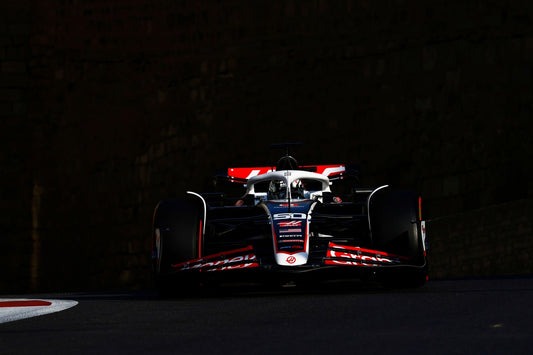F1's Balancing Act: Unraveling the Mysteries Behind Red Bull's Beast and Ferrari's High-Speed Jitters
Manish
In a year marked by various upgrade challenges for Formula 1 teams, a common thread has emerged: car balance headaches. From Max Verstappen's complaints about his RB20 turning into a "monster" to Ferrari's high-speed bouncing issues, Mercedes' nervousness in qualifying, and Aston Martin's temporary loss of direction, teams across the grid have faced similar scenarios. These issues stem from car upgrades that provide increased downforce but also bring unwanted changes in handling, making the vehicles feel worse from the driver's perspective.
The Root of the Problem
The widespread nature of these balance issues is no coincidence. The additional performance gains achieved this year have exposed inherent technical challenges with the current ground effect cars. Two primary factors dominate handling: varying downforce levels produced at different speeds as the car is pushed closer to the ground, and the impact on tire temperatures throughout the lap. Both elements are dynamic, forcing teams to seek the least problematic compromise rather than a perfect solution.
The Downforce Dilemma
Mercedes technical director James Allison highlighted the fundamental difficulty teams face with the current regulations. As cars generate more downforce the lower they go, teams must balance this with the need to maintain higher ride heights to cope with loads at the end of straights. This creates a complex trade-off between maximizing downforce in corners and minimizing drag on straights, all while trying to maintain adequate performance in slow-speed sections.
The Transition Challenge
Aston Martin's engineering director Luca Furbatto explains that the balance issues stem from the difficulty these cars face during corner entry. The aerodynamic platform tends to favor rear load, often resulting in a neutral car on entry that becomes understeering before the apex and then oversteering on exit. This transition, more extreme than in the past, is becoming increasingly pronounced as cars achieve higher downforce values.
The Porpoising Predicament
Teams have significantly increased downforce levels since the introduction of ground effect cars in 2022. However, this progress comes with the constant risk of triggering porpoising issues. Furbatto suggests that this phenomenon will remain a challenge until the end of 2025, potentially influencing future regulatory changes to address driver comfort and safety concerns.
The Tire Factor
Alongside aerodynamic considerations, tire behavior plays a crucial role in achieving the perfect lap. Balancing tire temperatures across both axles is essential to avoid excessive understeer or oversteer. This has led to teams adopting varied out-lap strategies during qualifying to optimize tire preparation and mitigate balance issues.
Limited Solutions
The current regulations have shifted the primary source of downforce to the floor, reducing the effectiveness of front wings in balancing the car. This limitation has led teams to explore more aggressive use of flexible wings as a means to address low-speed understeer and high-speed oversteer. While the FIA is analyzing front wing behavior, any significant regulatory changes in this area for 2025 seem unlikely, as the current flexibility is seen as a necessary compromise for maintaining car controllability.
As Formula 1 teams continue to grapple with these complex balance issues, it appears that a definitive solution may only come with the next set of regulations in 2026. Until then, the pursuit of the optimal compromise between performance and drivability remains an ongoing challenge for engineers and drivers alike.




